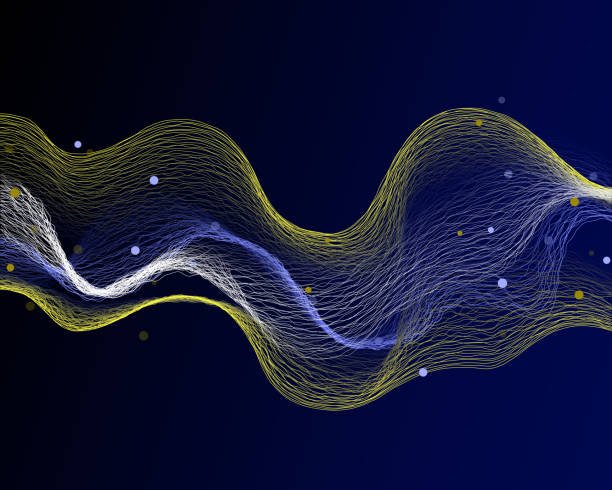Sound Design as a Narrative Tool: Crafting Stories Through Sonic Landscapes
2025-21-04
In the realm of cinema, storytelling transcends visuals; it envelops the audience in a tapestry of sound that shapes perception, evokes emotion, and deepens immersion. Sound design—encompassing dialogue, music, ambient noise, and effects—is not merely an accessory to the visual narrative but a pivotal element that guides the viewer’s experience.

The Role of Sound in Storytelling
Sound design serves as an auditory lens through which audiences interpret the visual world. It can foreshadow events, reveal unseen elements, and provide insight into characters’ inner worlds. For instance, subtle background sounds can suggest offscreen actions, building anticipation or surprise (Dark Horse, 2023). Moreover, sound design can manipulate time and space within a narrative. Through strategic layering and timing, it can compress or expand perceived time, transport audiences across locations, or even blur the lines between reality and imagination.
Techniques in Sound Design
Effective sound design employs various techniques to enhance storytelling:
- Foley Artistry: The recreation of everyday sound effects that are added to films to enhance audio quality. These sounds, such as footsteps or rustling clothes, add realism to scenes (Medium, 2023).
- Ambient Soundscapes: Background sounds that establish setting and mood, immersing the audience in the film’s environment.
- Dynamic Sound Mixing: Balancing dialogue, music, and effects to ensure clarity and impact, guiding the audience’s focus to critical narrative elements.
These techniques, when skillfully applied, create a cohesive auditory experience that complements and enhances the visual storytelling.
Case Studies: Sound Design in Action
Several films exemplify the power of sound design as a narrative tool:
- “Sicario” (2015): The film utilizes a subliminal soundscape to convey tension and the psychological toll of warfare. Sound design here propels the action and shapes audience interpretation of visuals.
- “Dunkirk” (2017): Hans Zimmer’s score employs the Shepard tone, an auditory illusion of a continuously ascending pitch, to maintain a constant sense of urgency and unease throughout the film.
- “Stalker” (1979): Andrei Tarkovsky’s film features a soundscape where ambient noises and synthesized sounds blur the boundaries between the natural and the surreal, enhancing the film’s introspective journey.
The Emotional Resonance of Sound

Sound design profoundly influences the emotional landscape of a film. It can elicit fear, joy, sadness, or excitement, often operating on a subconscious level. For example, in horror films, unsettling soundscapes can heighten fear and anticipation, while in dramas, subtle musical cues can underscore emotional beats, deepening the audience’s connection to the characters and story.
Conclusion
Sound design is an indispensable narrative tool in filmmaking, shaping audience perception and emotional response. Through meticulous crafting of auditory elements, filmmakers can create immersive worlds that resonate with viewers, making sound not just a complement to visuals but a storyteller in its own right.

Hej